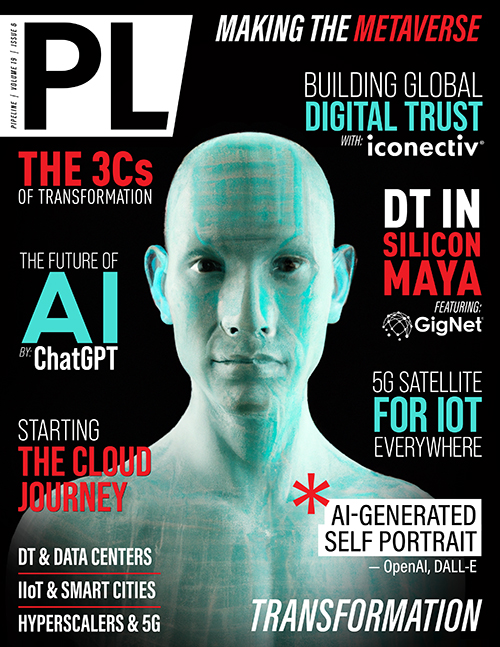Start the Journey to Cloudification on Solid Ground
In addition to speeding up deployment of new digital services, separating the network stack into modular, functional blocks with open APIs also facilitates maintenance and network upgrades. This includes control, management, and monitoring applications, creating a basis for centralized network orchestration and automated assurance. The result is improved quality of experience (QoE), as well as preparing a solid foundation for machine learning (ML) and artificial intelligence (AI) capabilities.
It’s important to note that while disaggregation of network elements is a vital part of the cloudification journey, it’s not necessary to get there overnight. Distributed network functions and applications can coexist with legacy hardware, and physical and virtual network elements and functions can be configured in different physical locations using centralized management. Moreover, containerized functions can be migrated to the cloud to further support the legacy network while tapping into cloud-native benefits.
Integrate intelligence
Digital transformation creates business value and unlocks true competitive advantage by powering network solutions that span the entire data pipeline—including data ingestion, processing, model training, and automation—across multi-layer, multi-vendor architectures. A variety of opportunities become available for MNOs to monetize data by aligning network value directly to revenue.
With unified orchestration and control that leverages open APIs, valuable insights into subscriber segmentation as it relates to network usage can be gleaned from complete network data analytics. As a result, MNOs can take advantage of a range of dynamic capabilities, such as optimizing speed and throughput, partitioning traffic, minimizing QoE impact from high-traffic users, and setting pricing levels for different types of traffic.These services and network functionalities are not possible, however, without fully embracing intelligence, analytics, and advanced automation. Network analytics and AI can be used to continuously evaluate and analyze digital infrastructure and service performance from distributed datasets across the network. And with the introduction of an end-to-end automation layer, multiple network functions and domains can be managed across physical connections, virtual network functions, and cloud applications.
Likewise, infusing the network with intelligence allows enhanced, real-time monitoring and analysis of network data to simplify operations and tame complexities. This intelligence, plus the application of ML technology, creates a foundation for truly autonomous networking, which aids in planning, root-cause troubleshooting, network upgrades, and proactive cybersecurity detection.
Use and reuse
As the pace of technology-led disruption increases, it's essential to understand how to enable ever more flexible and streamlined deployment models. This means an appreciation for the use of microservices, microapplications, containers, and clusters, as well as a healthy approach to the DevOps practice of Continuous Integration and Continuous Delivery (CI/CD). With microservices and containerized microapplications, predictable environments can be created, isolated, tested and reused with discrete compute and storage overhead. In this way, network teams can perform maintenance



















